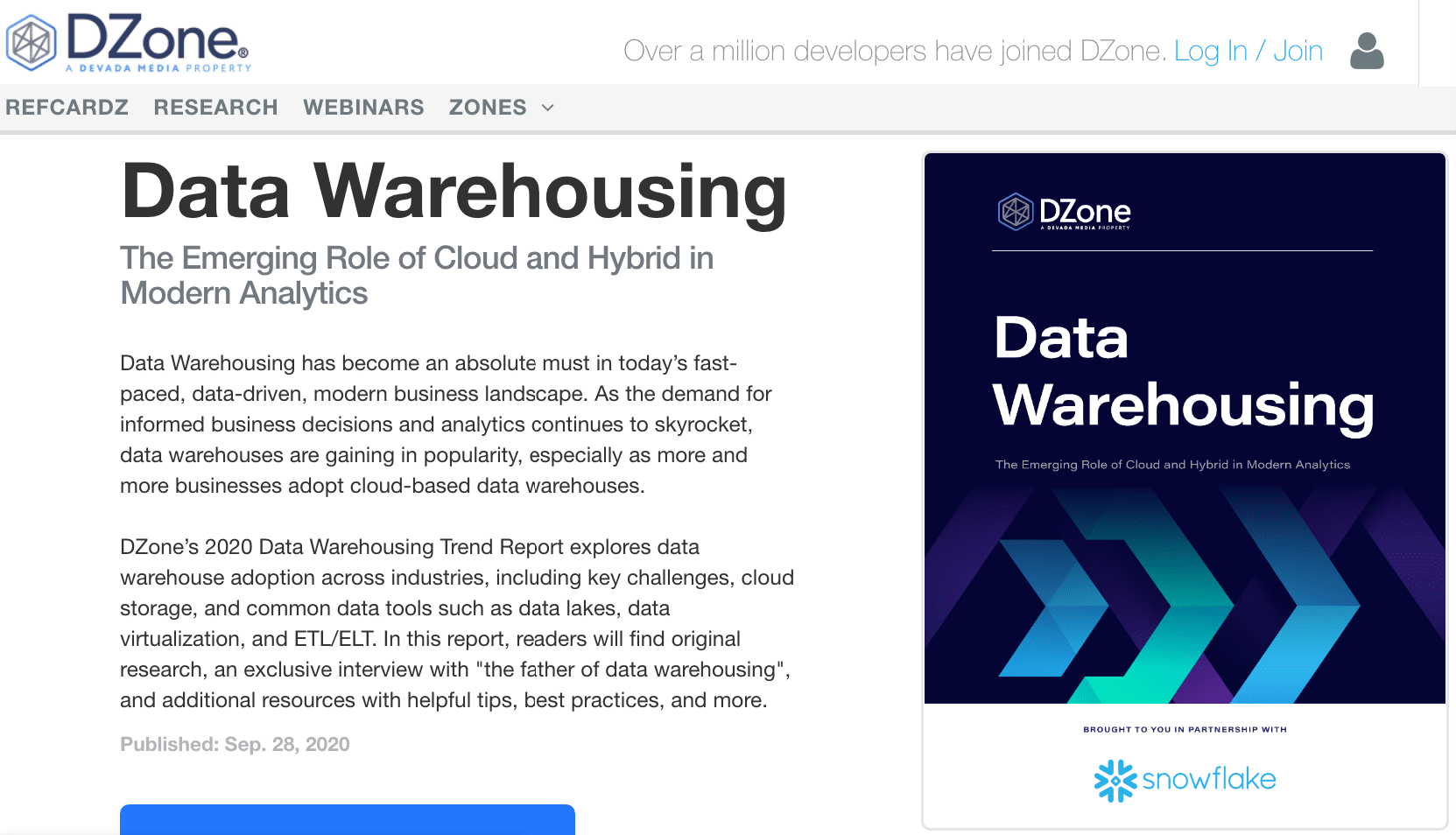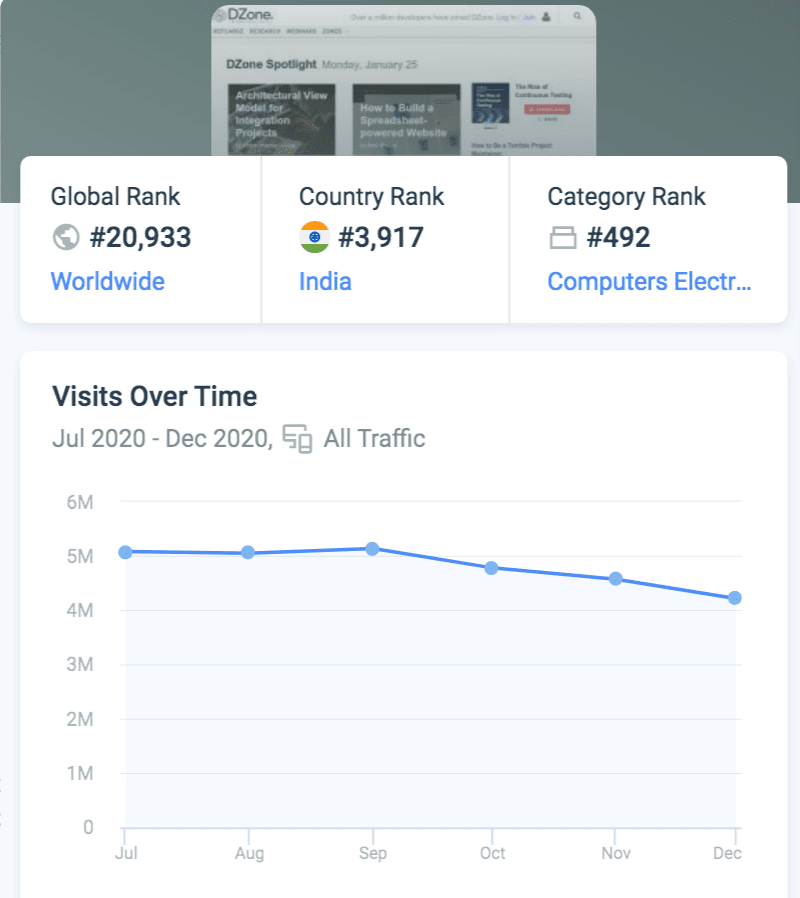How Much Evidence Supports DZone and Kissflow’s ROI of Low Code?
Executive Summary
- Low code vendors like Kissflow make enlarged claims around their low code applications.
- Let us review the evidence for these claims by Kissflow.

Introduction
Kissflow is one of the top low code development environments. Their CEO, Suresh Sambandam, wrote an article in DZone about the value of low code environments. We review how accurate his statements are.
See our references for this article and related articles at this link.
Article #1:Measuring the ROI of Low-Code
The following quotes were of interest from this article.
CEO of Low Code Vendor States that Low Code Promises are Not Exaggerated
Low-code development platforms make a lot of promises; lower costs, faster development, and fewer errors are just the top of the list. However, once companies decide to move forward with a particular platform, they often forget to measure if these tall claims are true. Often, the success of the low-code platform is determined more by the gut feeling of IT leaders rather than hard data.
When people mention ROI, their thoughts first go to money. But while there can be a great direct financial benefit of a low-code platform, the larger advantages are only linked tangentially to money.
The good news is that promises made by low-code platforms make are mostly real and not over-inflated — that’s assuming you pick the right one, and use it carefully. Just because it’s hard to make a clean financial line, IT leaders often don’t carefully research and share the benefits.
And who is saying this? A vendor that offers a low code environment. This is the problem with these types of articles, in what appears to be independent publications like DZone, which is they are not independent.
CEO of Low Code Vendor Informs Readers How to Pick the Best Low Code Platform?
And that could be a big mistake.
Picking the Right Platform
Before you start counting up the numbers for your low-code platform, there are different types of platforms out there. Choosing the wrong one will quickly land you in negative financial figures. There are three main categories of low-code development platforms.
Wait a second. The first assertion was that low code vendors do not exaggerate the benefits of low code. Then in the second assertion, Suresh states that the wrong low code platform will lead to negative results.
However, no low code vendor states their product leads to negative results. This means that this second assertion contradicts the first. We are only a few paragraphs into the article, and we already have a major inconsistency.
Differences in Low Code Offerings
The first: general purpose platforms, which enable teams to create apps that can do basically anything they can imagine, and be deployed on any operating system. These tools are favorites of seasoned developers, who appreciate enhanced superpowers that shave time off development cycles by letting them quickly deploy and edit new applications.
Second: mobile app development platforms, which are mostly geared toward creating mobile apps alone. Again, the functionality of the application can be pretty wide, but instead of deploying anywhere, MADPs are used mostly for churning out apps that will live on a phone. Some low-code tools help mobile developers work faster, while others make it less scary for non-programmers to try their hand at app creation.
This is anecdotal information. But there is no evidence that any of this is true. This is what low code vendors want people to think, but one could just as easily argue that low code is inferior versus full code development.
Suresh Lays Out the Metrics to Look For
Five Metrics to Consider
Here are five metrics you can use to measure the ROI of your low-code platform.1. IT Expenditure
This is the most direct financial metric you can use to calculate the ROI of a low-code platform. There are two major areas where low-code can reduce IT spend significantly. The first is the cost of hiring new developers. If you want your existing developers to be twice as productive on low-code, it should directly result in fewer developers needed to hire. Most developers come at a significant cost, usually more than the cost of the platform, which may be reason enough to try low-code.The second way that low-code reduces IT spend is by reducing the number of single-point solutions the company uses. Most organizations have licenses to dozens of software tools, many of which only help a single department. By leveraging low-code, you can create your own applications and automated processes and reduce dependency on multiple 3rd-party vendors for many single-point solutions.
2. Digital Transformation Progress
For most IT leaders, digital transformation is a major focus and priority; low-code platforms can help get you there faster. Whether it means your developers are building more homegrown solutions that bring departments into the digital fold one at a time, or that you are unleashing the power of business process management onto your entire organization, low-code can give you a huge boost in reaching your goals. By letting all of its business heads create their own processes, one enterprise was able to take a massive leap towards their digital transformation goals without any additional work from IT.3. Reducing IT Backlog
Most IT teams face a long list of priorities they need to tackle. And every day, the list grows.With a low-code platform, IT backlog can be tremendously reduced. If programmers are equipped with an efficient solution, they might be able to knock out the biggest projects in a fraction of the time it usually takes them. Or, if business leaders are capable of creating their own solutions to their IT requests, you can watch as an entire wave of projects vanishes from the IT queue as citizen developers take on their own priorities.
Notice these paragraphs are again just assertion after assertion without evidence provided.
This article is deceptive because it is written under the pretense of helping the IT decision-maker but is just an excuse to list a series of things that the vendor wants the reader to accept.
The “Innovation for All” Argument
4. Increasing IT Output
IT output is always high on the minds of IT leaders. A low-code platform not only means that your developers can do more projects, but also that they can work on higher quality and more mission-critical projects. How? Because they won’t have to deal with creating lots of simple applications that business leaders can build for themselves. Tracking and calculating the output of completed projects, both in terms of number and impact, is a great way to judge a low-code platform’s value.
This is the “innovation for all” argument that proposes the best people to develop applications are non-developers. It creates an unrealistic expectation that is very appealing to management that would like to have inexperienced developers and tells them they can deskill development because the low code application can replace the brain of the person developing. This naturally translates to lower wages, which is a type of catnip for executives.
Low Code Solves All Problems on Development Projects?
5. Reducing Stress Factors
One of the most overlooked metrics is the general health and level of chaos that is tolerated within an organization. Are teams constantly at each other’s throats? When you give a business leader a timeline for completing a project, do they drop their jaw in disillusionment, or are they satisfied with the pace of work? How often are issues escalating to IT leaders? While seemingly intangible, these benefits might be the most useful for an organization to show how low-code is making a difference.
Wow, low code sounds so powerful that it will literally save development organizations.
These issues being brought up are far beyond that of just the development tools that are used. Suresh states that low code development can solve all of them. Earlier, he stated that low code vendors do not exaggerate what low code applications can do.
Suresh Knows that Low Code Has a Great ROI?
Time to Tally Up the ROI
Low-code platforms are a great tool for IT teams around the world. They let developers work faster, and some even allow tech-savvy business users to create their own solutions. However, just because your low-code platform feels right doesn’t mean it’s actually making a difference. When someone questions the platform, IT leaders should be able to objectively describe the impact it has made on the organization and justify the cost.Low-code platforms are a smart business option, both for development and for costs. Equipped with hard data, IT leaders can now show exactly the kind of impact they have.
More unsupported assertions, but this time with the implication that low code applications lead to ROI.
Conclusion
This is the type of article that immediately makes me question if DZone is anything more than a vendor aligned media outlet. No media entity that had any standards would allow vendor marketing fiddle faddle to be published on their website.
DZone’s “research” link on its website brings you to white papers primarily written by vendors.

When I went to the DZone page related to advertising, here is what I found.
It shows that vendors can use DZone for “lead generation.” Let us review the quote.
Promote your product or service to DZone’s global audience by syndicating your white paper, eBook, or webinar to drive demand.
Yes, that is the entire point of the website. Vendors could publish these things on their websites, but they need a pretend independent entity to publish the articles. And DZone will allow companies to say pretty much anything, as with this article I just critiqued. And more than that, DZone will refer to your marketing fiddle-faddle as “research.”
Let us look at DZone’s research link.

Every single research link on the DZone website I could find is either written by or written in conjunction with a software vendor.
This is not research. These are marketing white papers on the vendor’s website and are now on the DZone website.

And DZone is doing very well. They have an average monthly volume of 5 million visitors. They are a major IT media entity, and like all of the major IT media entities, they are corrupt and provide highly inaccurate information to readers, and never declare that they are a front end for industry sources.
Brightwork Accuracy Rating: This article receives a 1 out of 10 for accuracy.
DZone is a lead generation and marketing front end for software vendors. After having read other DZone articles the information on the site is unreliable.